Valley
Flora and Vegetation
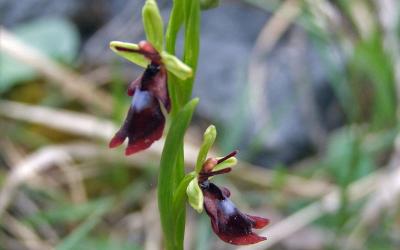
The Fly Orchid
The Fly Orchid (Ophrys insectifera)
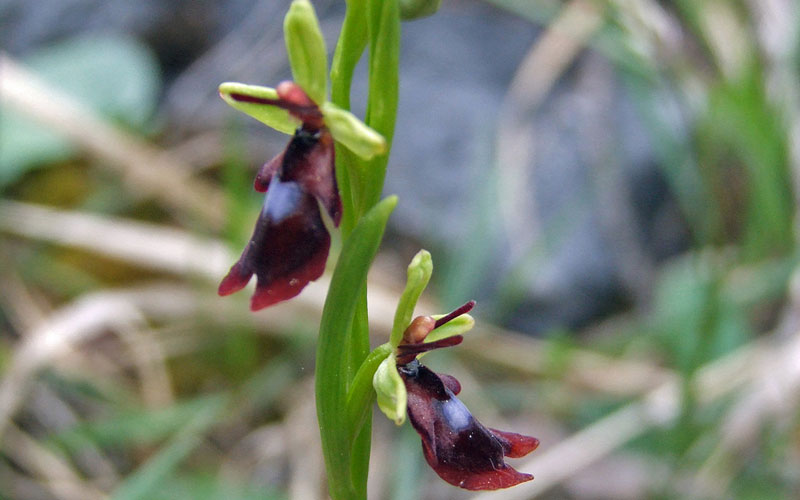
The genus Ophrys orchids are generally linked to dry and warm Mediterranean environments and all the plants have developed shapes looking like insects to attract pollinators. The rare Fly orchid is the only plant of the genus Oprhys to grow as high as 1,500 m and it is found in the Cimabanche area.
×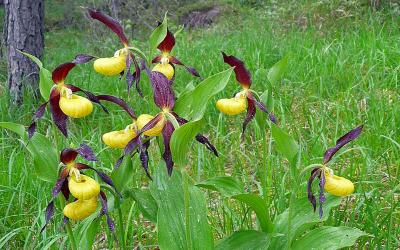
Cypredium calceolus
Cypredium calceolus
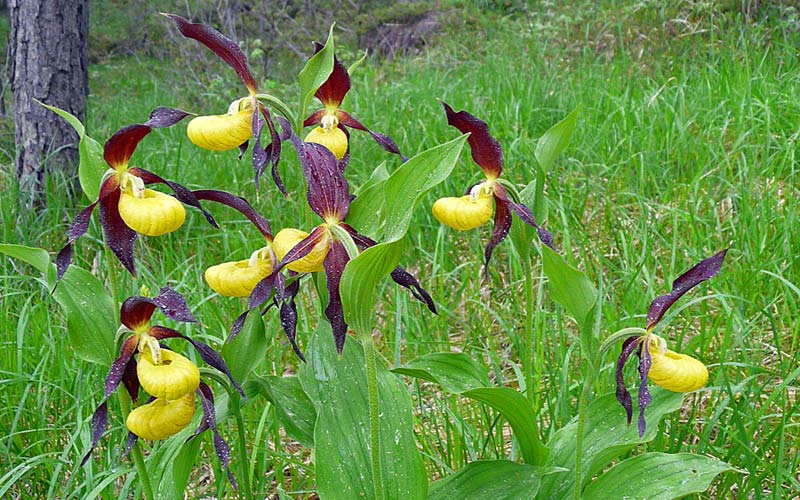
Without doubt the most beautiful and conspicuous orchid in the Alpine and European flora. Formerly endangered because of indiscriminate picking, this species has now a reasonably widespread population. The preferred habitat is the alluvial, torrential limestone near the valley floor. The banks of the Boite and Felizon, upstream of Fiames, and the surrounding plains are very rich in this orchid.
×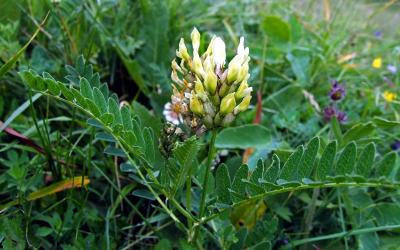
Astragalus cicer
Astragalus cicer
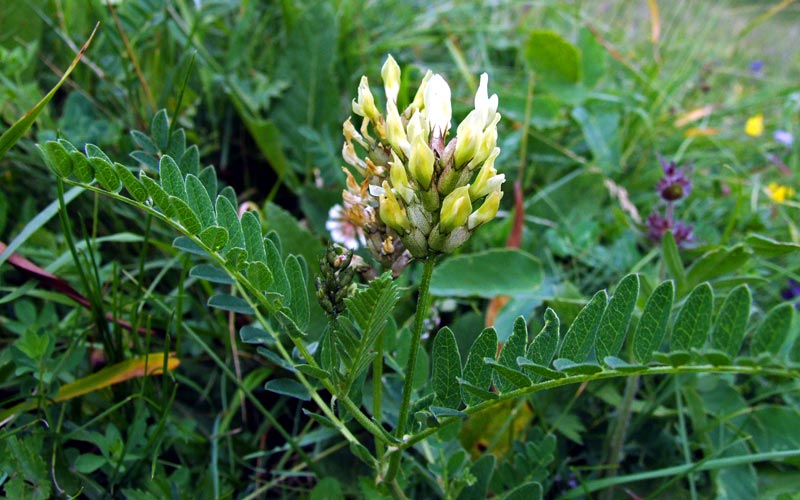
This rare legume species is found in environments which were once cultivated or regularly mown and have now evolved into dry meadowlands. Its widespread presence in the Ampezzo valley, up to 1600 mt, the upper limit of grasslands, is indicative of the extension of agriculture and hay-making activities in the past. The species is becoming increasingly scarce as a result of the spontaneous afforestation of its habitat.
×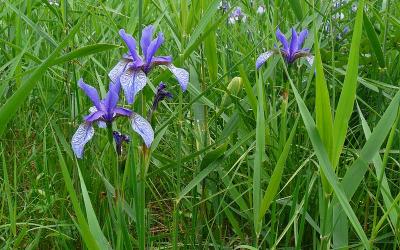
Iris sibirica
Iris sibirica
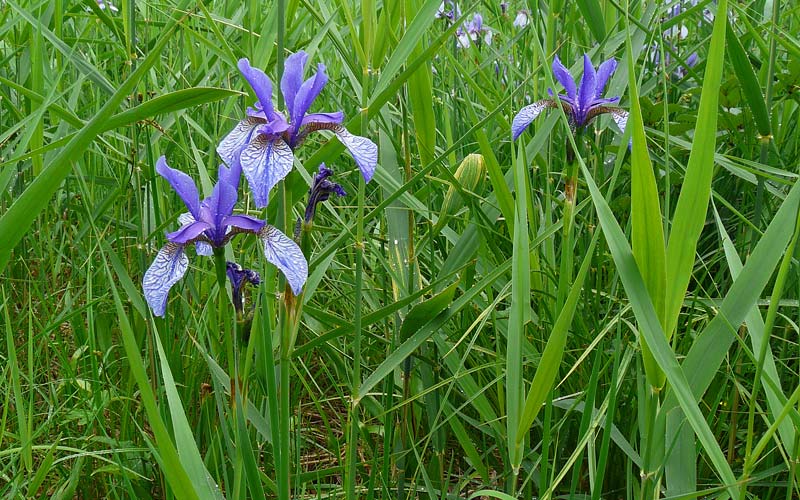
This magnificent large plant is typical of the wet, non-manured hay meadows on the bottom of the valley. While in the past it was commonly found on Crignes meadows, today it is an endangered species in Cortina valley floor, though a small colony survives in the Ansiei valley. Like all the Iridaceae, it is a bulbous plant which can survive underground without flowering.
×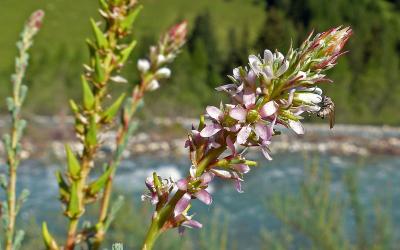
German tamarisk
German tamarisk Myricaria germanica
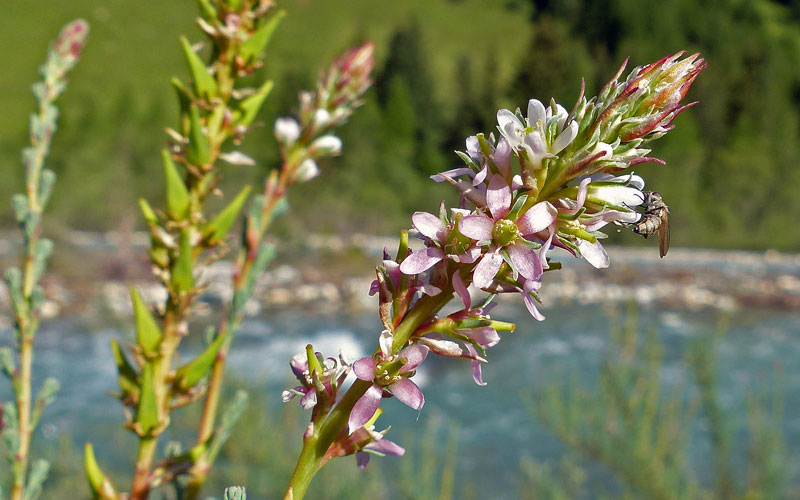
This shrub prefers the wide gravel banks along mountain streams where floods spread out for the absence of levees, and gravel and mudbanks move with each flood event. This species is deeply declining in number in alpine streams, because it does not tolerate regimentation of water courses and pollution. In Cortina it is still found along the Boite river between Socol and Dogana Vecchia.
×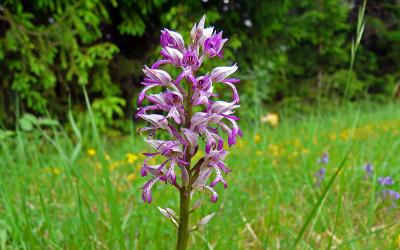
Orchis militaris
Orchis militaris
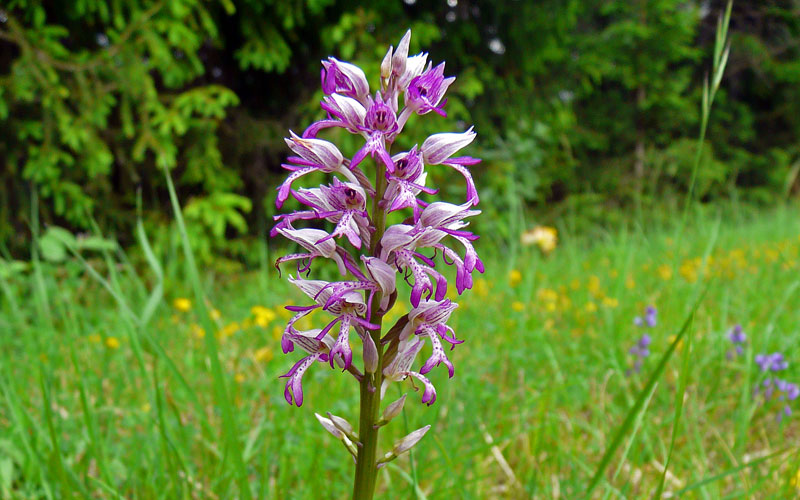
This orchid, growing on dry meadows and thin forests, gets its name from the characteristic helmet-shaped cap that wraps the central tongue.
This rare, thermophilous species grows only in the warmest areas of Cortina's valley floor, preferably on the edges between woodlands and meadows. It is found on the left side of the valley: Acquabona, Fraina, Chiave, and Brite de Val.
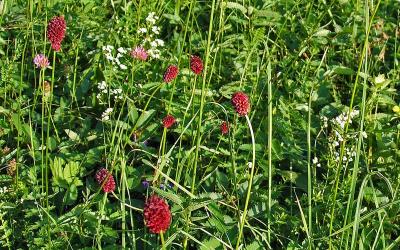
Sanguisorba officinalis
Sanguisorba officinalis
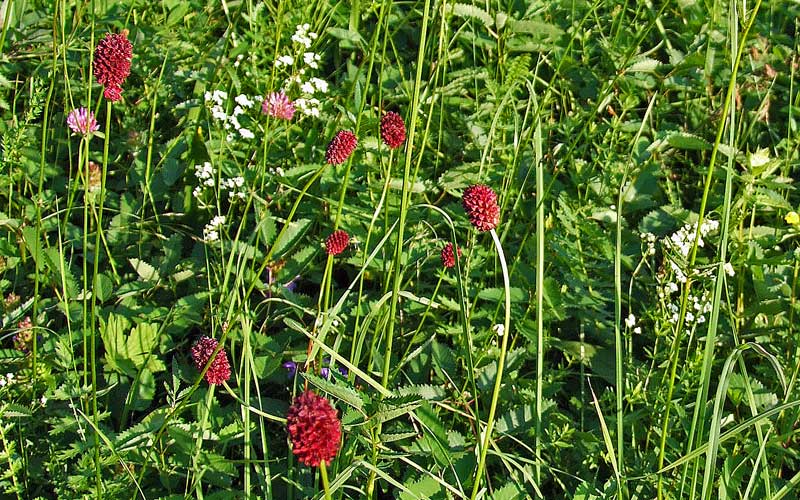
This species is typical of the wet, hay meadows of the valley bottom; it flowers copiously on the grasslands with surface aquifers or on the plains next to streams. It is vulnerable to the neglect of hay making and excessive manuring and has seen a steep decline in number in many alpine valleys. In Cortina, it forms good populations in Campo, Salieto, and Pezié areas.
×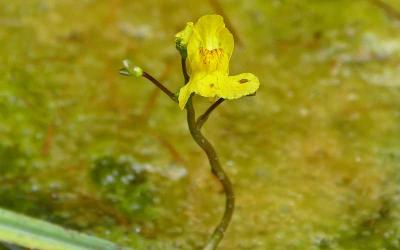
Utricularia australis
Utricularia australis
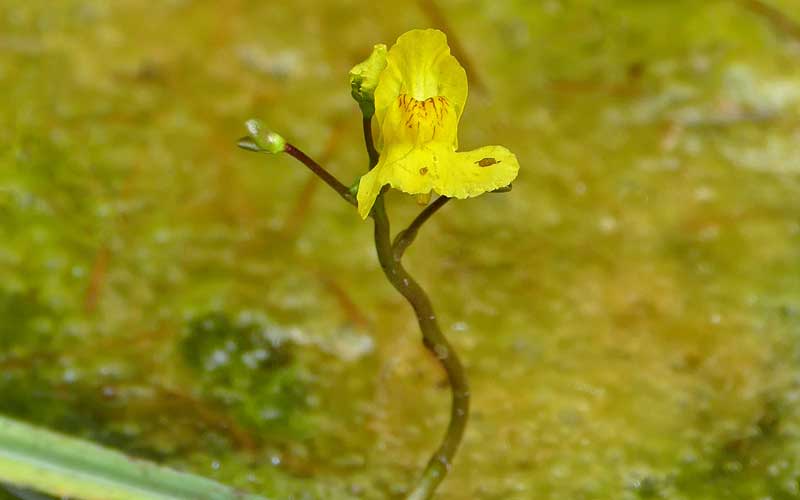
The genus Utricularia consists of several aquatic species that occur in still waters, three of which grow in the Ampezzo valley. These carnivorous, non-rooting species float on the water thanks to a system of bladders that fill with air. All Utricularia are rare species since they are connected to their reduced and vulnerable aquatic habitat (lakes and swamps). Utricularia australis is only found in a pond in Cortina's valley floor, while Utricularia minor counts a dozen of sites.
×